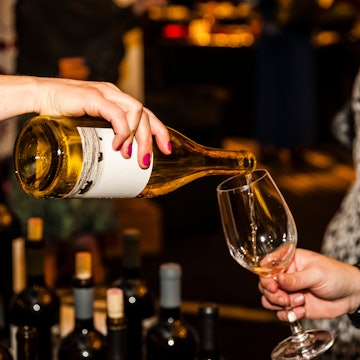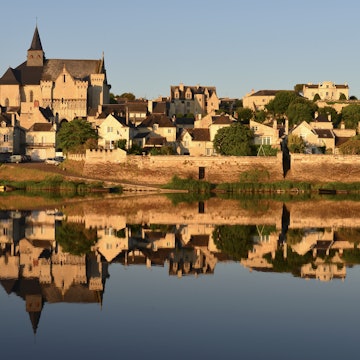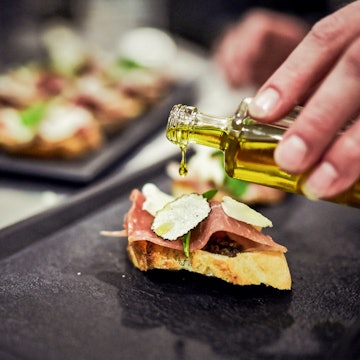

La Rochelle Hotel de Ville. Laura Motta/Lonely Planet
When you think of Cognac, you might think of teardrop-shaped bottles filled with amber-colored brandy, or hip-hop stars or extravagant displays of wealth. But Cognac is also a place – the region in France where this glamorous old school beverage is produced. While this area along France’s Atlantic coast does feel effortlessly elegant – alas, it’s France – it’s also agricultural, windswept and filled with medieval towns and half-timber structures. Oysters are the region’s culinary specialty, and you will find them, along with Cognac’s eponymous beverage of choice, on every menu and in every market.
Wracked with religious wars throughout the middle ages, the region’s battlements and castles still stand as monuments to tumultuous times. These days, they mostly shelter crowds of visitors from France and beyond who come here for salty air, summer sun and a relaxed escape from Paris.
When should I go to Cognac?
France’s Atlantic coast never gets too hot, even in the height of summer, which makes it an attractive retreat for Parisians looking to escape the sweaty city. June, July and August bring sunny weather and temperatures ranging between 70-80°F (21-26°C )with the lowest chance of precipitation. April and May, and September and October bring significantly cooler weather with temps ranging from 50-60°F (10-15°C ), and you can expect lower dips at night. You’ll also want to pack rain gear for misty and occasionally windy days. Winter is cold and blustery, but the Cognac region’s seaside location means that below-freezing days are rare.
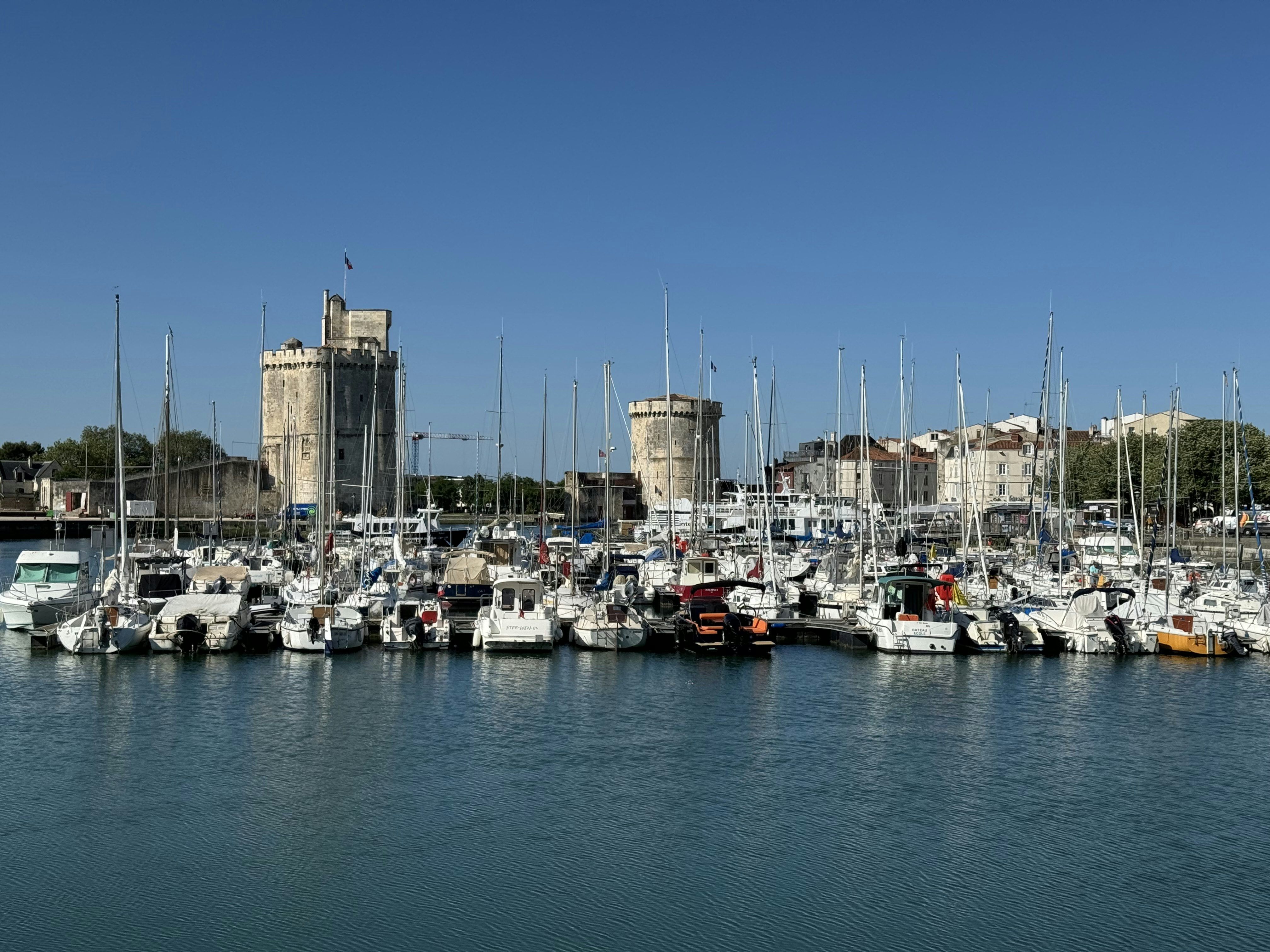
How much time should I spend in Cognac?
A visit here should include at least two or three towns across the region. Coastal La Rochelle is a can’t miss, as is quirky Angoulême and the town of Cognac itself. If you have a week, plan to hit all three with room for a day trip or two, maybe to walled Brouage or the nearby oyster farms around Marennes. For a shorter trip, make either La Rochelle or Angoulême your base, and then add the town of Cognac.
Is it easy to get to and around Cognac?
La Rochelle is connected to Paris via the TGV, the country's high-speed intercity rail service. The fastest trains take about two-and-a-half hours with minimal stops. The TGV also connects Paris to Angoulême via a different route. A logical way to see this region would be to take the TVG into one of these towns and out of the other, using a car to visit the sites in between.
It is possible to go car-free in Cognac, though it requires a bit more planning. Local trains connect Angoulême, Cognac and La Rochelle, as well as other towns in the region, but you might need supplemental taxis or ride shares to connect some of the sightseeing dots.
Air France is the classic choice for flights into Paris, while French Bee, a relative newcomer, keeps flight prices low but has lots of optional perks including champagne and meals designed by a Michelin-star chef. French Bee caters to US travelers in particular.
Top things to do in Cognac


Drink Cognac – and other local spirits
It’s hard to visit this area without at least trying a sip or two of cognac. Tasting room options run the gamut from small, family-owned producers to the brand behemoth of the cognac world – Hennessey.
J. Normandin-Mercier, located just outside La Rochelle, has been in the same cognac-making family for five generations. With a chicly rustic tasting room and the family dogs lounging in the courtyard, a visit here feels like a peek into a private family estate. They also produce pineau de Charentes, a jewel-toned fortified wine that’s served across the region as an aperitif.
You can hardly say you’ve been to Cognac if you don’t visit Hennessy. The venerable brand, now part of the luxury conglomerate that also includes Louis Vuitton and Tiffany, was founded by a rebellious Irishman in 1765. Today the company operates a variety of tours through its sleekly designed HQ in the town of Cognac. Some include riverboat rides, a walk through the cellars and – most fascinating of all – a tour of the cooperage where you can watch modern barrel-makers hammering and chiseling away. Take note of the hand-drawn chalk labels in the cellar. They are created by Hennesy’s in-house calligraphers in the brand’s signature font. A tasting is included, but that’s hardly the main draw here.

Discover France’s comics capital
A must-visit in Cognac is the town of Angoulême. With ties to the paper industry that go back to the 17th century and a local school that offers a specialization in comic book art, Angoulême is known for its association with illustration and comics. Its biggest annual party is the International Comics Festival, which draws 200,000 attendees, but the festival’s influence over the city continues all year long. Look for street signs designed to look like speech bubbles, enormous murals decorating the cobblestone squares and shops that sell student art. Try Fichtre Diantre if you’re looking for lots of bright, affordable pieces to take home.
Tip: Stop at Les Halles for a classic French covered market. Le Comptoir de Brice serves excellent bistro-style fare. See if you can get a table outside.
Dine seaside on the Atlantic coast
Gleaming La Rochelle, with its arcaded streets and castle fortifications, is a French beauty. Soak up the sea breeze and people-watch on the patio at La Yole de Chris, a seafood restaurant that overlooks the old port. Fresh tartare, delicately prepared fish and grilled lobster are menu highlights. Make sure you start your meal with a glass of pineau de Charentes – red or white. La Yole de Chris’s sister restaurant, Christopher Coutanceau – named for its chef – is just around the corner and has two Michelin stars, but the relaxed atmosphere at Le Yole is hard to beat.
Tip: Stop for an after-dinner cocktail at Le Mary Lili, which specializes in cognac cocktails. This may not sound intuitive, but the combinations work.
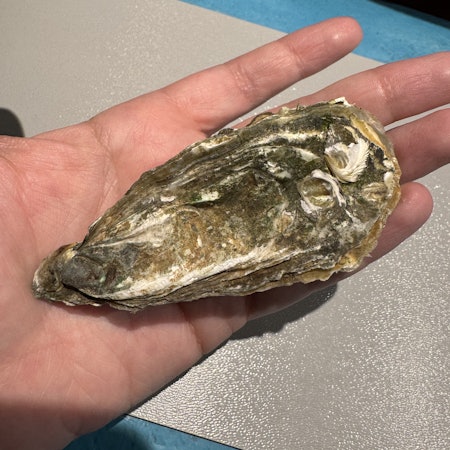

Walk the ramparts of one of France’s walled cities
The little town of Brouage is surrounded by grand, if time-worn, fortifications – a holdover from when warring Catholics and Protestants turned against each other in bloody conflict. Walk to the edges of town to take in the views from the citadelle, the towers and walls that protected the town from siege.
While you’re wandering, stop by the small Church of St. Peter and St. Paul – distinctive for its curving 17th Century exterior and the blue-and-white flag of Quebec flying out front. This town church is dedicated to Brouage’s most famous resident, Samuel de Champlain, who crisscrossed the Atlantic and established the first French settlements in what would become Canada. (The town is popular with Canadian and especially Québécquois visitors.) The church’s stained glass windows tell the story of Champlain’s journeys. Look for the side altar dedicated to Kateri Tekakwitha, a Mowhawk woman who became the first Native American saint.
Tip: Le Champlain, which serves simply prepared seafood and a charming back patio, is a great place to stop for lunch.
Do a tasting… of balsamic vinegar
If cognac isn’t your thing or you’re simply looking for a different kind of tasting experience, head to Le Baume de Bouteville. This boutique producer of balsamic vinegar, located at the bottom of a chateau-topped hill in the town of Bouteville and surrounded by vineyards, utilizes the same grapes that are used to produce cognac. Book ahead for a tour that can include food like fresh oysters and charcuterie, or drop in for a tasting and a look at the distillation process.
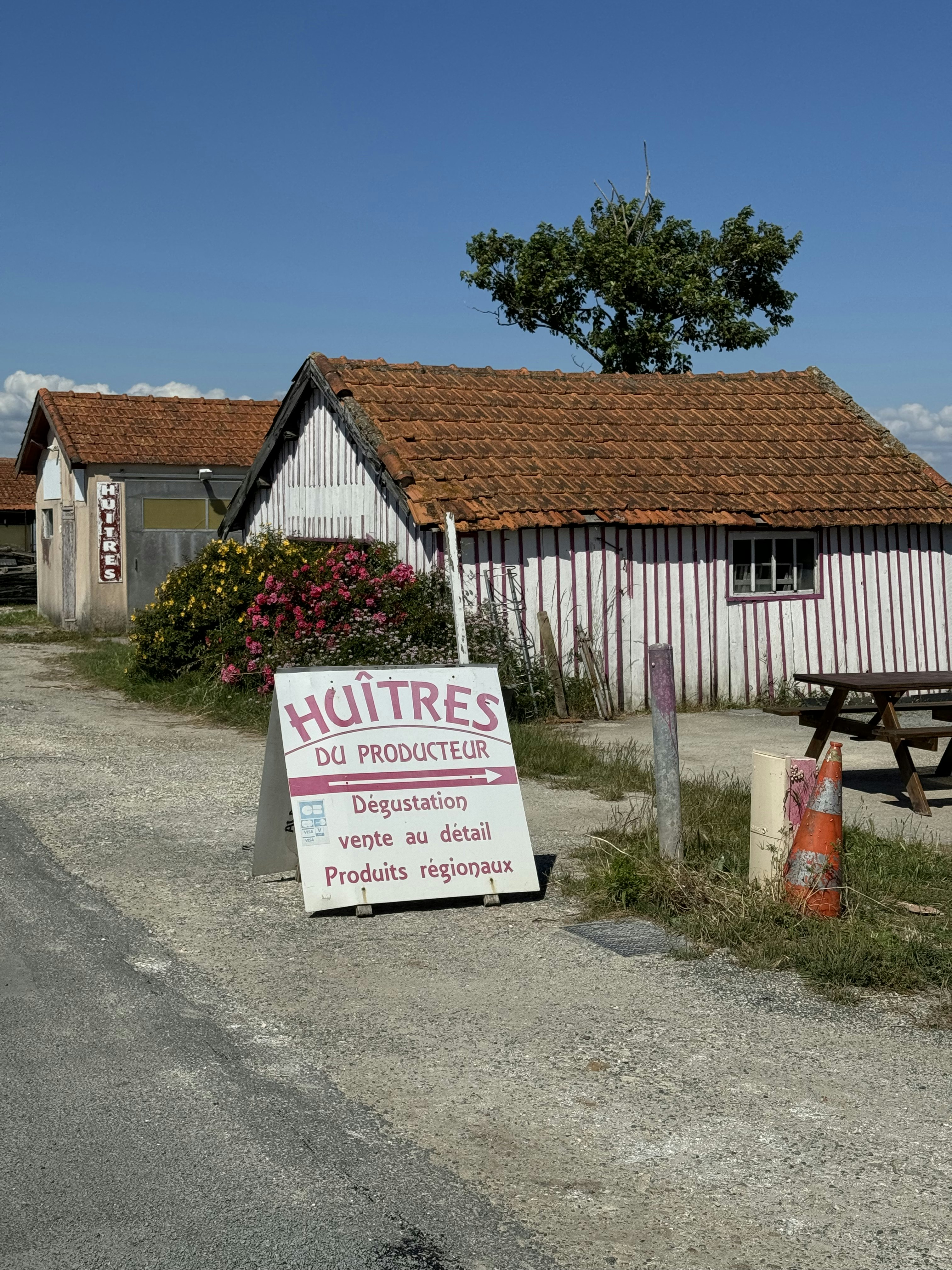
The best thing to do in Cognac
Oysters have been an important part of the region’s economy for centuries, and the area around Brouage is chockablock with oyster farms. Learn how it's done at the Cité de l'Huître in Marennes, an open-air museum that lets you study exhibits about oyster-farming ecosystems and the bivalve's lifecycle before taking a walk along the oyster ponds. Rent a bike at the museum for one of Cognac’s best experiences – a ride around the oyster ponds to the sea, past brightly colored oyster producing huts on stilts.
How much money do I need to visit Cognac?
France is not a budget destination and Cognac is no exception, though you can expect to pay less here than you would in Paris or on the Riviera. Some of the best, most personality-infused lodging can be found in a hôtel particulier, or a former mansion that's been converted into a hotel. They often retain much of their elaborate original design and cost no more than the big name brands you know. (A few to try are the Mercure Angoulême Hôtel de France, the Hôtel Héritage in Cognac and Hôtel Le Champlain in La Rochelle.)
Check your travel dates before you book. If you’re visiting during Angoulême’s comics festival (held annually in January) or the height of summer, you can expect to pay top dollar.
Basic room for two: €100 to €200 (US$103 to US$259)
Self-catering apartment: €80 to €200 (US$83 to US$259)
TGV from Paris to La Rochelle or Angoulême: €25 to €50 (US$26 to US$52)
Coffee: €1 to €3 (US$1.04 to US$3.13)
Dinner for two: €60 to €100 (US$62 to US$104)
Glass of wine: €3 to €7 (US$3.13 to US$7.29)
Glass of cognac: €13 to €40 (US$13.55 to US$41)
Cocktail: €6 to €12 (US$6.25 to US$12.50)

Where is the Cognac region located?
The cognac producing region is an AOC (Appellation d'Origine Contrôlée), a government-designated vinacultural area with strict growing and producing standards. If farmers and cognac producers don’t adhere to these standards, their product cannot legally be called cognac. The region spans across two French departments, or state-like political domains: Charente and Charente-Maritime. There is also a town in this area called Cognac, which is considered the heart of the region. Hennessy has its home base here, but the entire region can be referred to as Cognac. The Cognac region is located on France’s Atlantic coast between Nantes and Bordeaux.
Laura Motta traveled to Cognac courtesy of Atout France. Lonely Planet staff members do not accept freebies in exchange for positive coverage.









